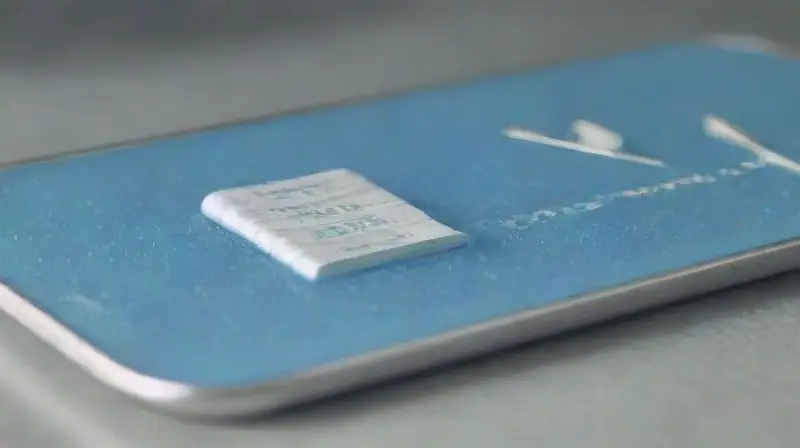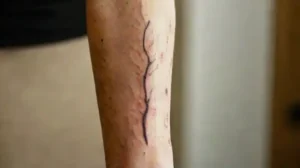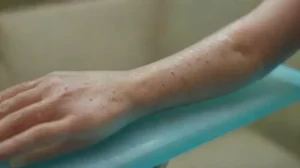Body modifications, such as tattoos, piercings, and scarification, have become increasingly popular across the world. Many individuals pursue these enhancements to express their identity or to celebrate cultural traditions. However, the process often involves a certain level of discomfort or pain, which can deter some potential enthusiasts.
Fortunately, advancements in pain management methods have made body modifications more accessible and comfortable. Skilled professionals now utilize a range of techniques and tools to help clients better cope with the sensations involved, ensuring a safer and more positive experience. Understanding these options can empower clients to make informed decisions about their modifications.
Topical Anesthetics
Topical anesthetics are among the most common pain relief options used during body modification procedures. These creams or sprays are applied directly to the skin before the procedure begins. They work by blocking nerve signals in the area, significantly reducing discomfort.
The main advantage of topical anesthetics is their ease of use and rapid onset of action. Clients often report a much more tolerable experience when these products are used properly. Nevertheless, it’s essential to follow professional advice regarding application to avoid potential adverse effects.
Many types of topical anesthetics are available over-the-counter or by prescription. Professionals typically choose products containing lidocaine or benzocaine for their effectiveness. They carefully assess a client’s skin condition and medical history to ensure safe application. These products can also be combined with other pain management tools for enhanced relief.
Numbing Injections
For more intense procedures or individuals with a lower pain threshold, numbing injections are a reliable solution. Anesthetic solutions are injected directly into the area, providing deeper and longer-lasting relief. This technique is especially common during large or complex body modifications.
The benefits of numbing injections include a significant reduction in discomfort and the ability to perform procedures more precisely. The professional administering the injection ensures that the medication is evenly distributed, minimizing the risk of missed spots or uneven numbness. It also allows for better control during the process.
While effective, numbing injections require proper technique and professional expertise to avoid complications such as injections into blood vessels or nerve damage. Clients should discuss their medical history with the practitioner to prevent allergic reactions or adverse responses. This method is often used in combination with topical anesthetics for maximum efficacy.
Cold Therapy

Applying cold to the area prior to or during a procedure can help reduce pain and swelling. Cold therapy works by constricting blood vessels, which decreases nerve activity and delays the transmission of pain signals. Ice packs or cold gels are common tools used for this purpose.
One of the key advantages of cold therapy is its non-invasive nature. It’s easy to apply and free from pharmacological side effects. Cold reduction not only alleviates pain but also helps control bleeding and swelling, promoting better healing.
However, it’s crucial to use cold therapy correctly to avoid burns or frostbite. Practitioners often recommend wrapping ice packs in a cloth and limiting contact time to prevent damage to the skin. When used properly, cold therapy can be an effective adjunct in pain management during body modifications.
Relaxation Techniques
Psychological factors play a significant role in pain perception during body modifications. Relaxation methods, such as deep breathing, visualization, and meditation, can help clients remain calm and distracted. These techniques lower anxiety levels, which often amplifies the sensation of pain.
Training clients in relaxation techniques before their procedure can create a more positive experience. Practitioners might guide clients through breathing exercises or suggest calming music to help focus attention away from discomfort. Such approaches can significantly improve overall tolerance.
Moreover, relaxation techniques are cost-effective and have no side effects. They empower clients to actively participate in managing their experience and contribute to faster emotional and physical recovery.
Distraction Methods

Distraction is an effective pain management strategy that involves redirecting attention away from the procedure. Using visual or auditory stimuli during body modifications can diminish the perception of pain. This approach is often combined with other techniques for enhanced results.
Clients may use listening to music, engaging in conversation, or watching videos to stay engaged. By focusing on something other than the procedure, they can experience less discomfort and remain more relaxed. Distraction methods are particularly useful in minor procedures or for individuals with high anxiety.
Practitioners often recommend distraction techniques as part of a comprehensive pain management plan. Their simplicity makes them accessible to most clients, and they can be easily customized to suit personal preferences. When used effectively, distraction can significantly enhance the overall body modification experience.
Sedatives and Relaxants
In cases where anxiety or fear overwhelms the client, mild sedatives or relaxants may be prescribed. These medications induce a state of calmness, reducing the emotional response to pain and discomfort. They are typically administered under medical supervision.
Sedatives can make even highly anxious individuals more receptive to body modifications. They also diminish the physical sensation of pain, allowing projects to proceed smoothly. However, they’re generally reserved for complex or extensive procedures due to potential side effects.
It’s important for clients to communicate their medical history and current medications to their practitioner before using sedatives. Proper monitoring during the procedure ensures safety. When used responsibly, these pharmacological tools can make body modifications more accessible to a wider range of people.
Conclusion
Advancements in pain management have transformed the body modification experience, making it more comfortable and manageable. From topical agents to psychological techniques, there are multiple options to tailor pain relief to individual needs. Educating clients about these tools enables them to approach their modifications with greater confidence and peace of mind.
Ultimately, combining different methods—pharmacological, physical, and psychological—can provide the most effective pain relief during body modifications. Working closely with skilled professionals ensures safety and optimal outcomes. With the right strategies, body modifications can be a positive and transformative experience for every client.







